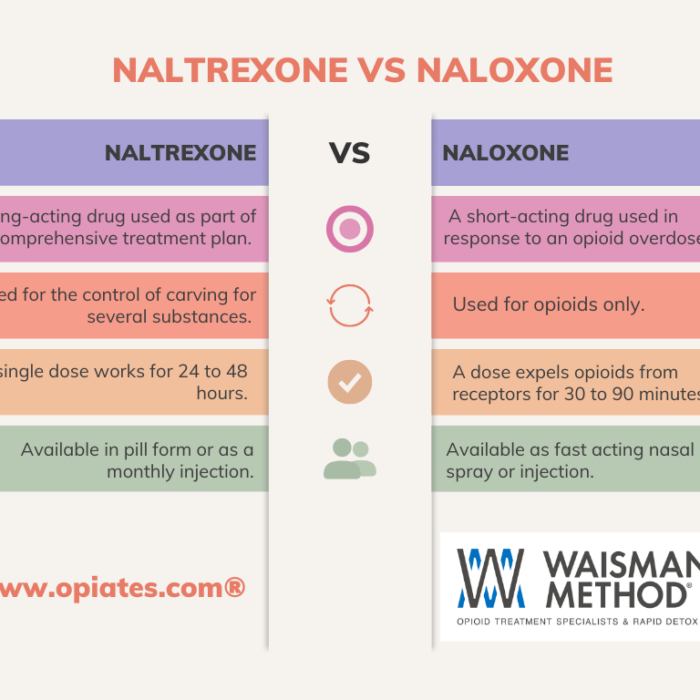People struggling with opiate dependence often report that they experience changes in mood, thinking abilities, and even personality. Scientists continue to uncover biological changes that result from prolonged substance use. Much of the initial research focused on alterations in neurotransmitters, the brain chemicals that cause fast-acting signals from one brain region to another. Recently, however, researchers have begun to focus on changes in the hormone system, leading to long-lasting changes in mood and cognition.
Understanding the Endocrine (Hormone) System
Several glands in the body and brain release hormones, a class of molecules that travel throughout the body to enact their effects. Some of the most well-known hormones include estrogen and testosterone, which appear at different levels in men and women. These hormones regulate sexual behavior, impact mood, and affect thinking abilities. As a result, dysregulation of the hormone system can have severe effects on everyday functioning.
Impact of Opiate Abuse on Hormones
For many years, scientists and doctors have focused on managing the psychological problems and changes in brain structure associated with opiate abuse. Despite being one of the most common effects of long-term opiate use, hormonal changes are rarely diagnosed. The technical, medical term for this condition, opiate-induced endocrinopathy, means that hormone production and release have become dysregulated because of opiate use.
Hormone researchers often talk about the hypothalamic-pituitary-gonadal axis, a collection of structures in the brain and genitals that produce and release hormones. Using opioids (e.g., Vicodin, oxycontin, morphine) for more than a month can suppress the activity of the hypothalamic-pituitary-gonadal axis. This may result in:
- Decreased production of sex hormones. Both men and women produce testosterone and estrogen, although in different doses. Following opioid use, testosterone and estrogen levels drop significantly.
- A drop in cortisol levels. The body’s primary stress hormone, cortisol, is typically released during stressful or anxiety-provoking situations.
- Decreased release of growth hormone. Growth hormone stimulates cell reproduction and regeneration of damaged tissues in the body.
Hormone-Related Symptoms Experienced By Opiate Users
Because hormones have such a significant impact on behavior, mood, and thinking abilities, any change in the hypothalamic-pituitary-gonadal axis results in widespread changes; some of the most common symptoms associated with opiate-related hormone deficiency include:
- Low sex drive
- Depressed mood
- Loss of muscle mass
- Erectile dysfunction
- Chronic fatigue
- Anemia
- Irregular menstrual cycle
- Osteoporosis, or loss of bone strength
- Weight gain
- Hot flashes or skin blotchiness
- Decreased response to stressful situations
These symptoms can impact both men and women who are using opioids. Sexual functioning in both genders is related to testosterone levels, but men can be more sensitive to changes in testosterone. As a result, many male opiate users report that they experience loss of sexual desire, erectile dysfunction, and depressed mood. As opiate use continues, the lack of these hormones can lead to longer-term changes in mood and behavior.
Diagnosis and Treatment of Hormone Changes Related to Opiate Use
Scientists have long known that there is a connection between opiate hormones and the human brain. These hormones, which include endorphins, enkephalins, and dynorphins, are responsible for mediating pain signals. In addition, they play a role in regulating mood and emotions. However, the exact nature of the opiate hormone connection was not fully understood until recently. Thanks to advances in neuroscience, researchers have now been able to identify the specific neural pathways that are involved in this process. By better understanding the opiate hormone connection, scientists hope to develop new treatments for conditions like pain and depression.
Fortunately, doctors recognize the importance of assessing hormonal changes in people struggling with opiate abuse. Diagnosis of hormone changes can be performed using a blood test. After determining levels of testosterone, estrogen, cortisol, and other hormones, your physician can recommend treatment options. For example, testosterone replacement therapy may include the application of gels or creams. Women taking certain birth control pills may be advised to switch to another method of contraception because birth control pills may interfere with hormone levels.
The most crucial step in combating hormone changes is an accurate diagnosis. If you think opioid use may be contributing to depression, sexual dysfunction, or loss of energy, contact Waismann Method today. Our treatment professionals are there to answer your questions and help you get the help you need.
Resources:
How opioid drugs activate receptors
Opioid Overuse Can Lower Hormones to Harmful Levels
Hormone deficiencies















